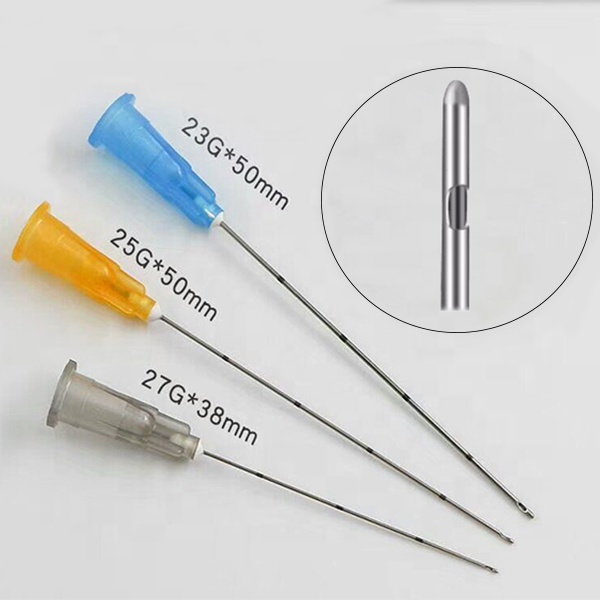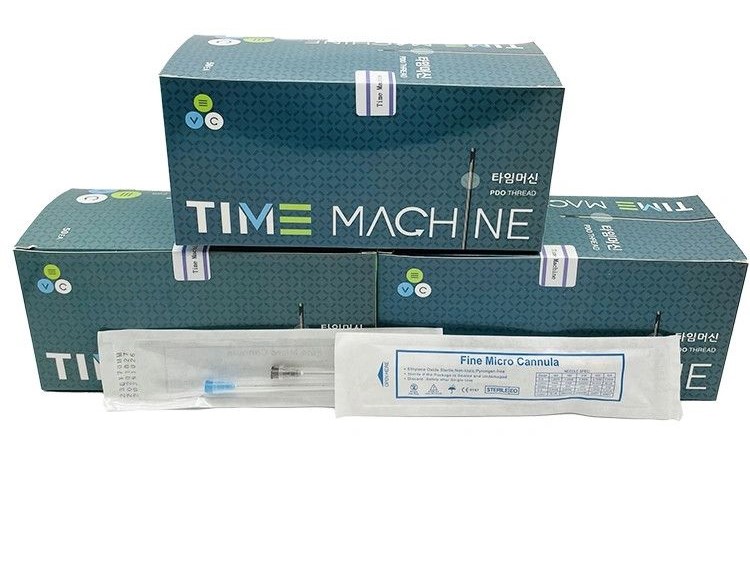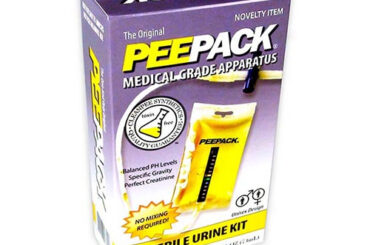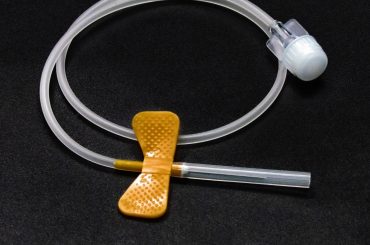In the ever-evolving field of aesthetic medicine, microcannulas have become a game-changer for delivering cosmetic enhancements that are both effective and minimally invasive. Unlike traditional needles, microcannulas provide a more comfortable, precise, and efficient approach to treatments, achieving impressive results with less discomfort and downtime. The popularity of microcannulas has surged among practitioners and patients alike for the unique advantages they bring to procedures involving dermal fillers, skin rejuvenation, and other skin-enhancing treatments.
Microcannulas have transformed how professionals approach non-surgical cosmetic procedures, offering a high level of control and safety that ensures smoother, more natural-looking results. Their design and usage make them ideal for individuals looking to enhance their appearance without the extended recovery associated with traditional methods.

What Are Microcannulas?
A microcannula is a small, flexible tube with a blunt tip used to administer injectables beneath the skin. Unlike needles, which can pierce through blood vessels and lead to bruising, microcannulas navigate gently through the tissue without causing trauma. This unique design allows for precise placement of fillers or other injectables with minimal discomfort and reduced risk of bruising or swelling.
The Advantages of Microcannulas Over Traditional Needles
Microcannulas offer several benefits over traditional needles, making them the preferred choice for many patients and practitioners:
- Reduced Pain and Discomfort
Microcannulas glide through tissue with minimal resistance, making the procedure less painful. Because they have a blunt, rounded tip, they are less likely to cause trauma to blood vessels, significantly reducing the risk of bruising and discomfort.
- Enhanced Safety and Precision
The flexibility of microcannulas allows practitioners to reach broader treatment areas with fewer injection points, leading to more uniform distribution of the filler. This precision also minimizes the risk of accidental vascular puncture, making the procedure safer for patients.
- Quicker Recovery Time
Traditional needles can cause swelling, redness, and bruising, often requiring days of downtime. Microcannulas, on the other hand, cause less tissue trauma, resulting in a much quicker recovery. Patients often find themselves ready to return to their daily activities within hours rather than days.
Applications of Microcannulas in Aesthetic Medicine
Microcannulas are highly versatile and can be used in various cosmetic treatments, including:
- Dermal Fillers for Volume and Contouring
Microcannulas are ideal for administering dermal fillers, particularly in areas where precision is essential, like the lips, cheeks, and jawline. Their design allows for even and controlled filler placement, leading to smooth, natural-looking contours.
- Skin Rejuvenation with PRP or Mesotherapy
In skin rejuvenation treatments, such as Platelet-Rich Plasma (PRP) therapy or mesotherapy, microcannulas allow for the even distribution of substances like hyaluronic acid, vitamins, or PRP into the skin. This can lead to enhanced hydration, improved texture, and a youthful glow.
- Non-Surgical Rhinoplasty
Non-surgical rhinoplasty, or the use of fillers to shape the nose, benefits significantly from microcannulas. They allow practitioners to add volume in specific areas with greater control, reducing risks and leading to more precise results.
Are Microcannulas Right for Everyone?
Microcannulas are suitable for most people seeking non-invasive cosmetic treatments. However, specific patient factors, such as skin thickness and individual aesthetic goals, may influence the choice of microcannulas over traditional needles. Consulting with an experienced practitioner can provide insight into the best approach for each individual’s needs.
How Microcannulas Reduce Side Effects and Risks
One of the standout features of microcannulas is their ability to minimize the common side effects of injectable treatments. The blunt tip of a microcannula is less likely to penetrate blood vessels or damage surrounding tissue, significantly reducing the risk of bruising, swelling, and inflammation. Additionally, fewer injection points mean less trauma to the skin, which leads to a more comfortable experience overall.

Why Choose Microcannula-Based Treatments?
For anyone considering aesthetic enhancements, treatments involving microcannulas can offer a more comfortable, effective, and low-risk alternative to traditional methods. Their precision and flexibility ensure that the injectable materials are placed exactly where they need to be, resulting in natural-looking results that enhance facial harmony and rejuvenate the skin.
Conclusion
Microcannulas have ushered in a new era of minimally invasive cosmetic procedures that maximize both comfort and results. Their unique design and benefits make them an excellent option for those seeking to enhance their appearance with minimal discomfort, reduced risk, and faster recovery. As technology in aesthetic medicine continues to evolve, microcannulas remain at the forefront, providing a powerful tool for practitioners and a trusted solution for patients.




